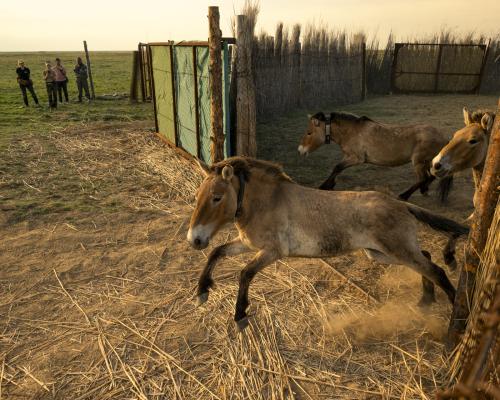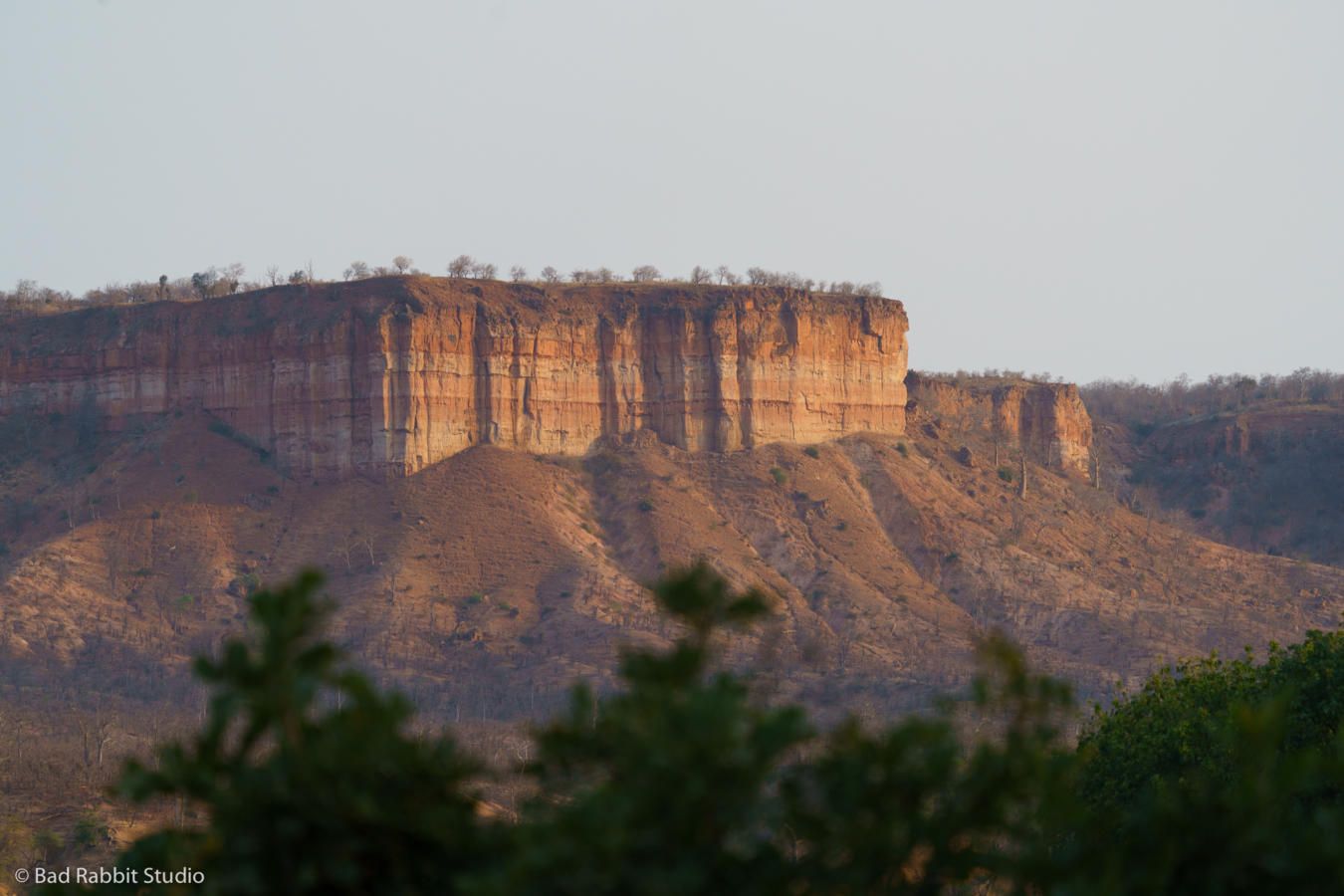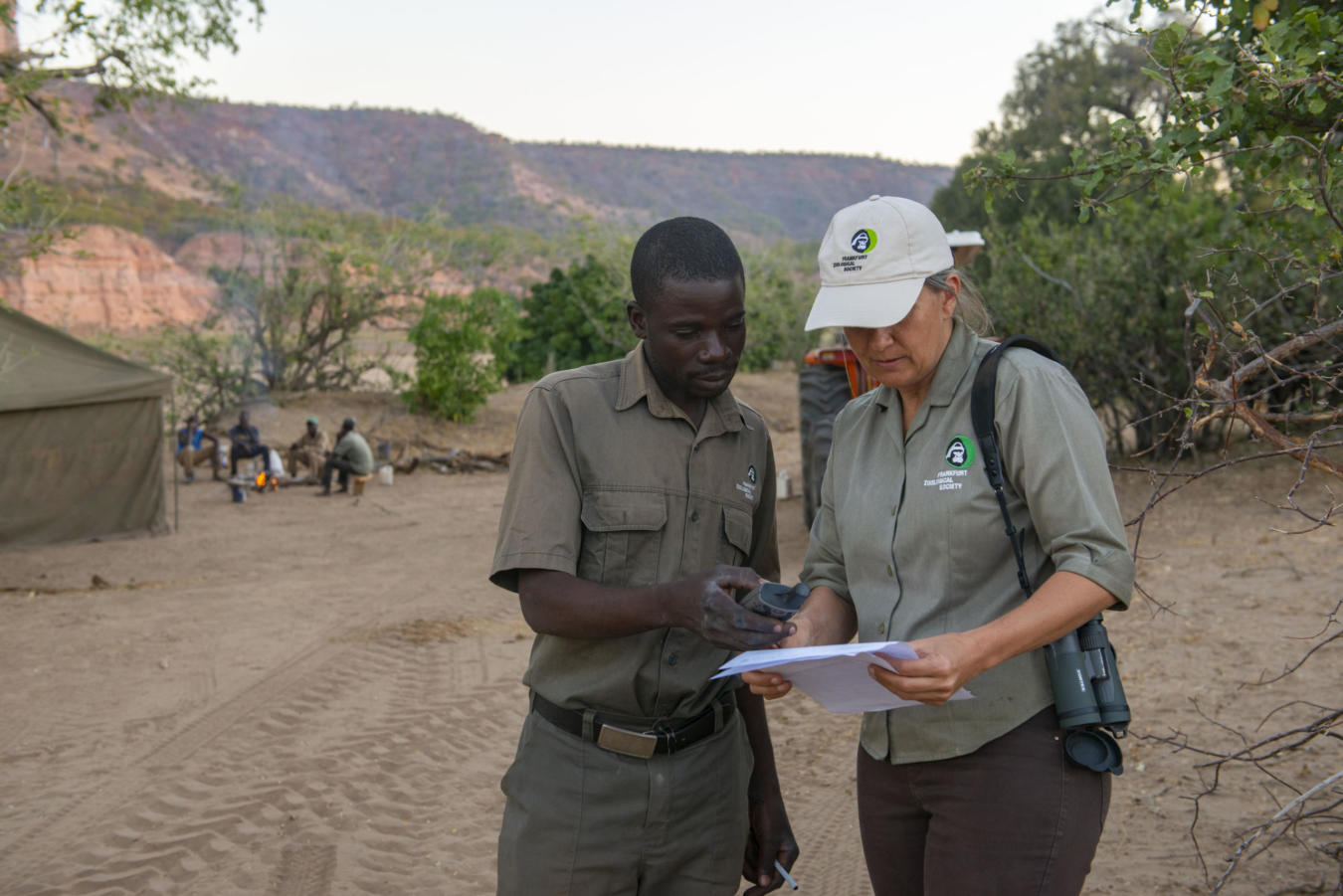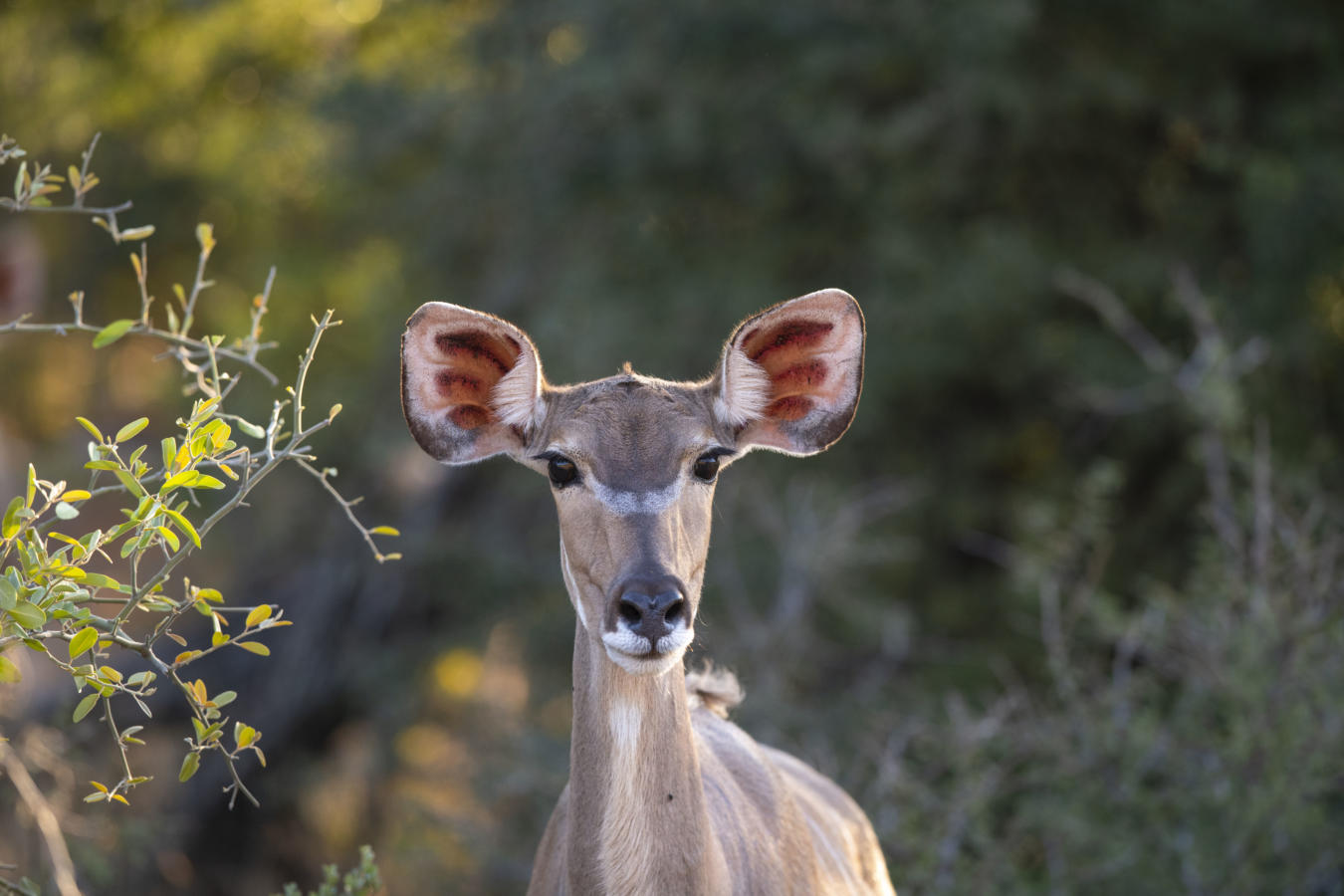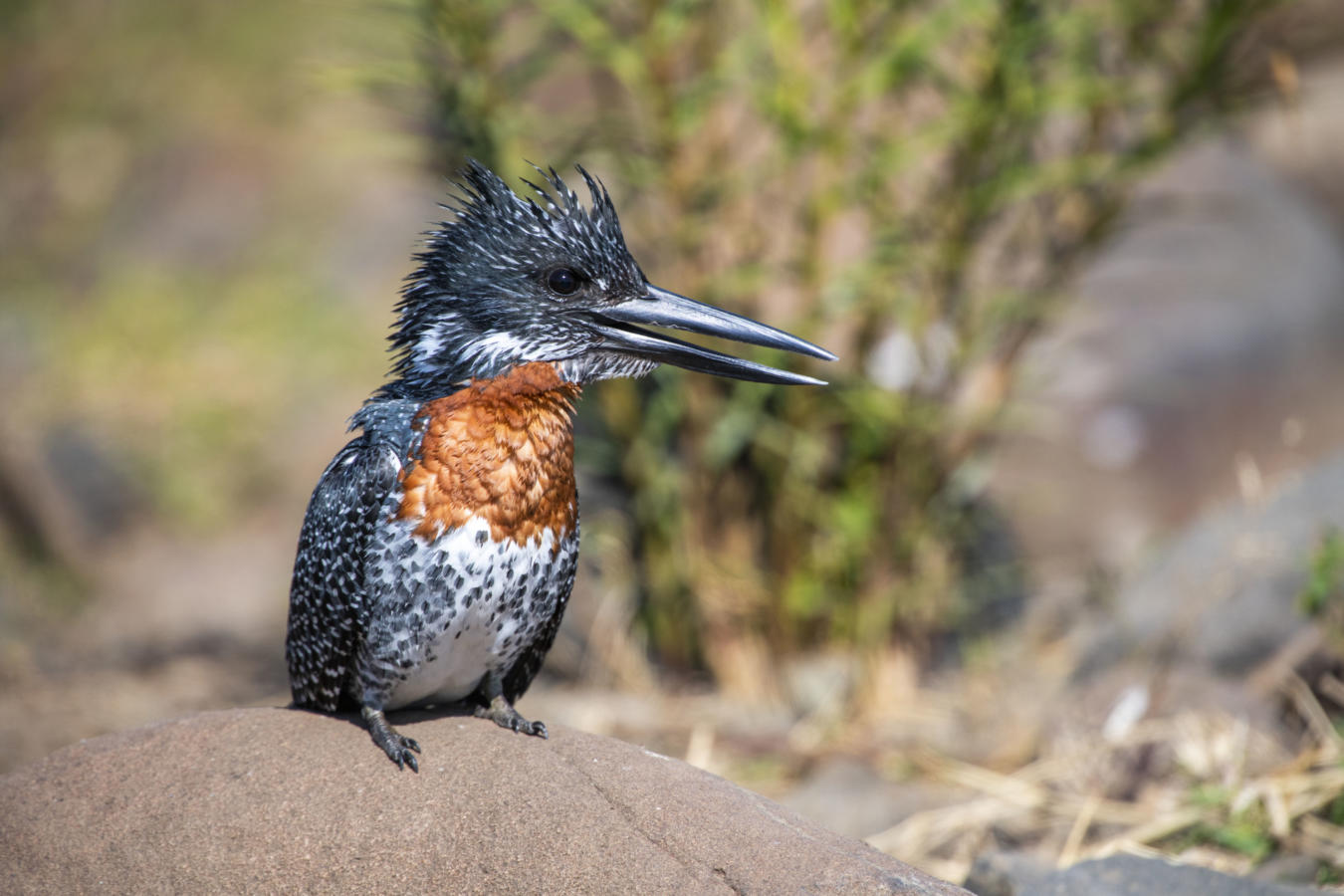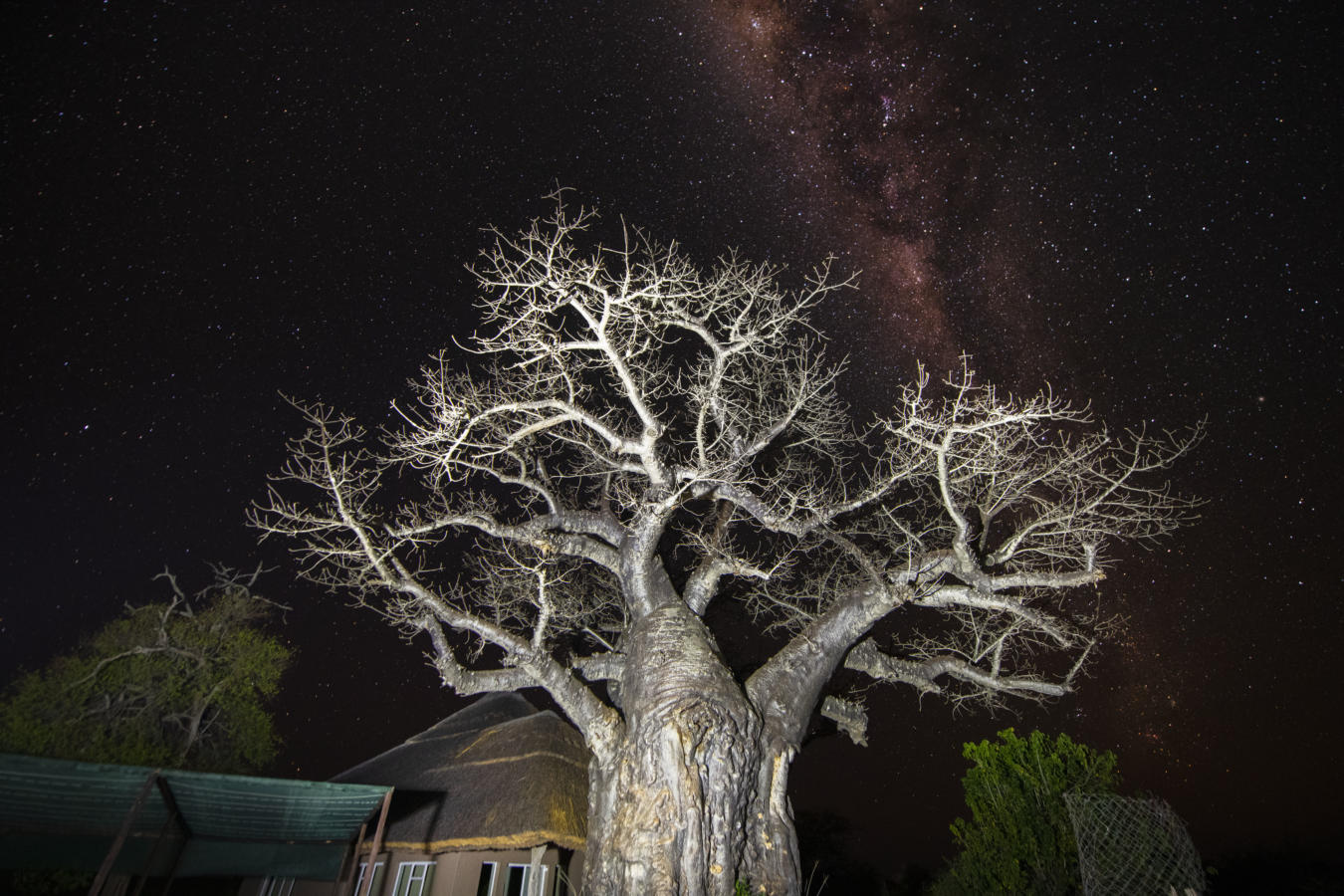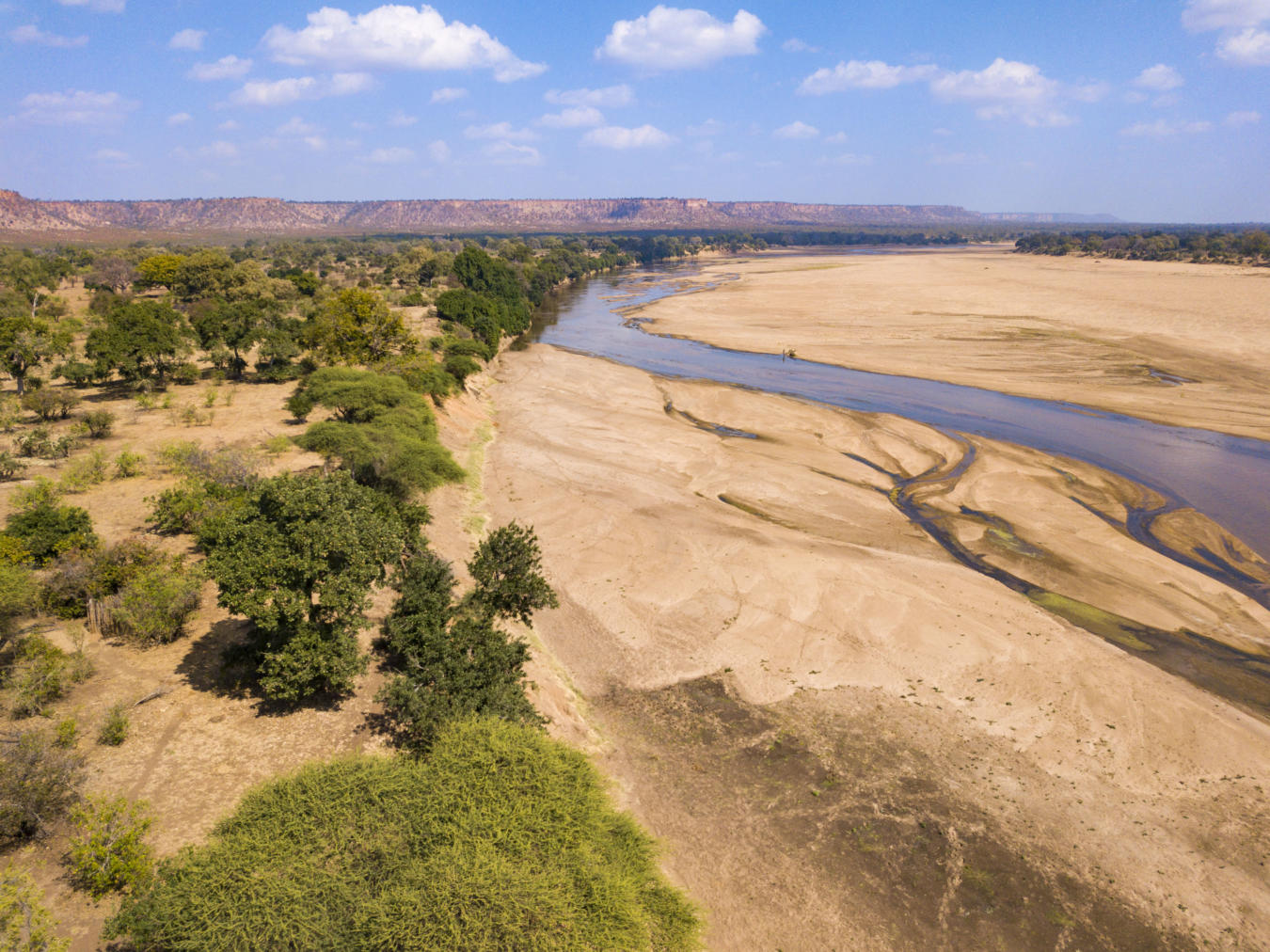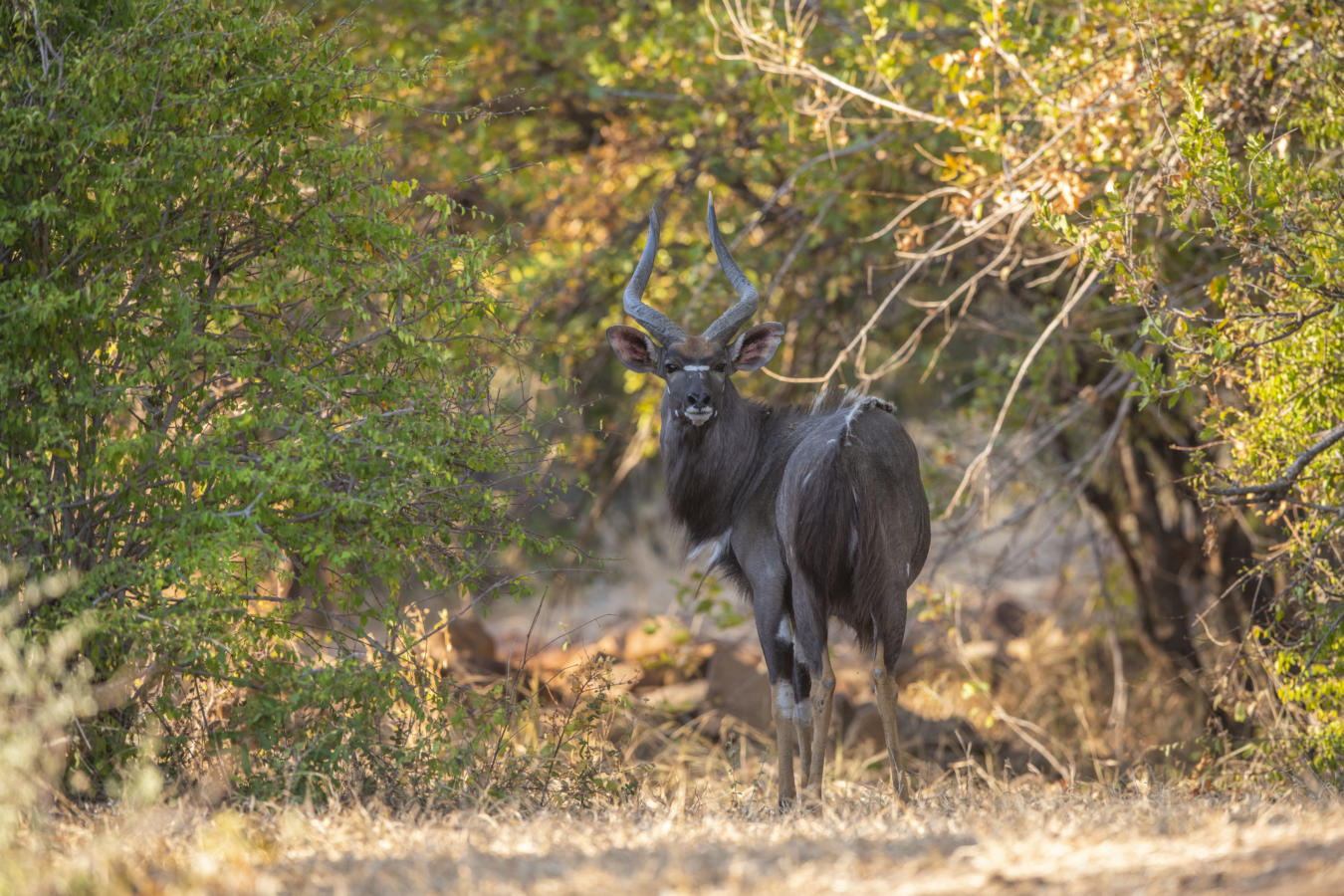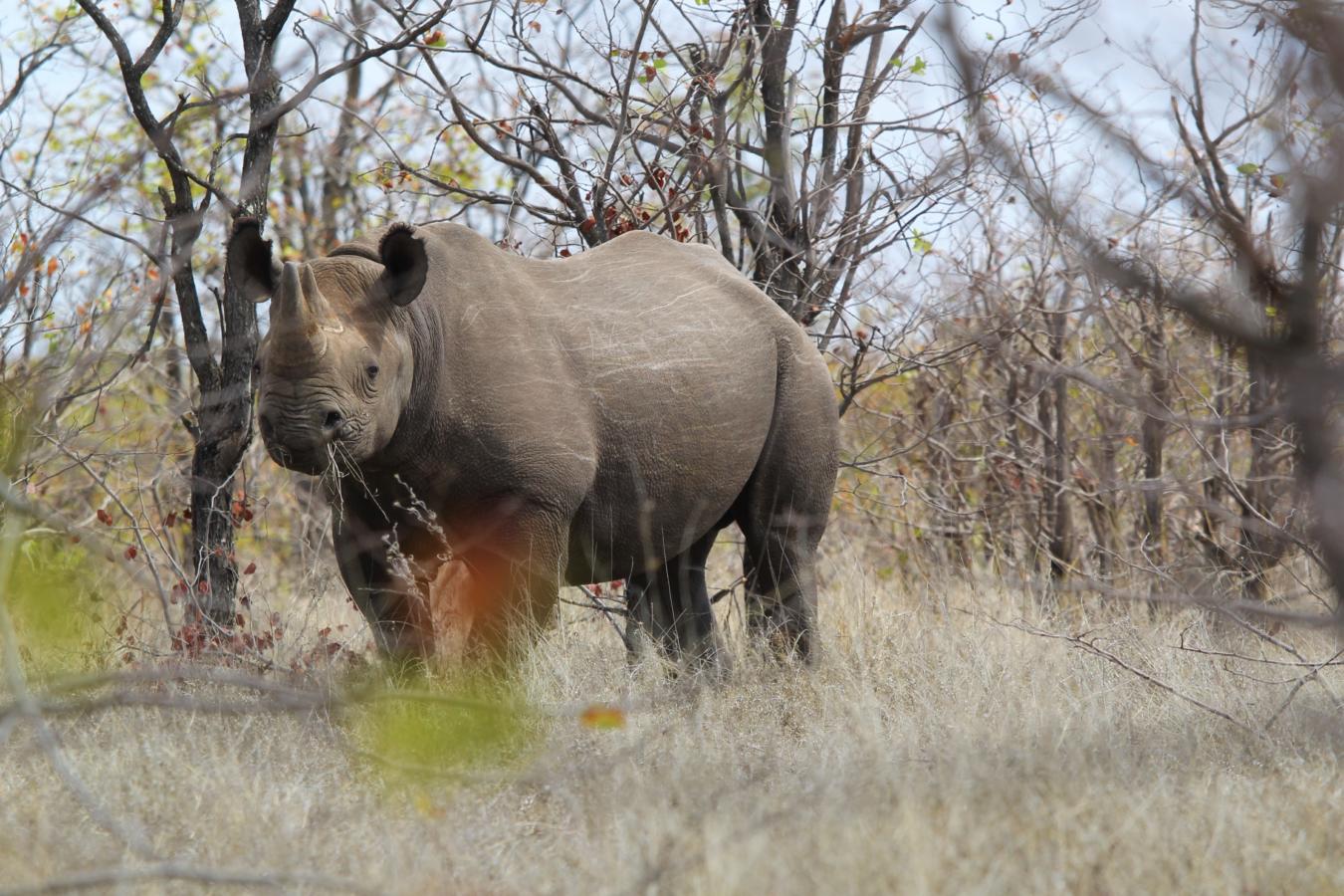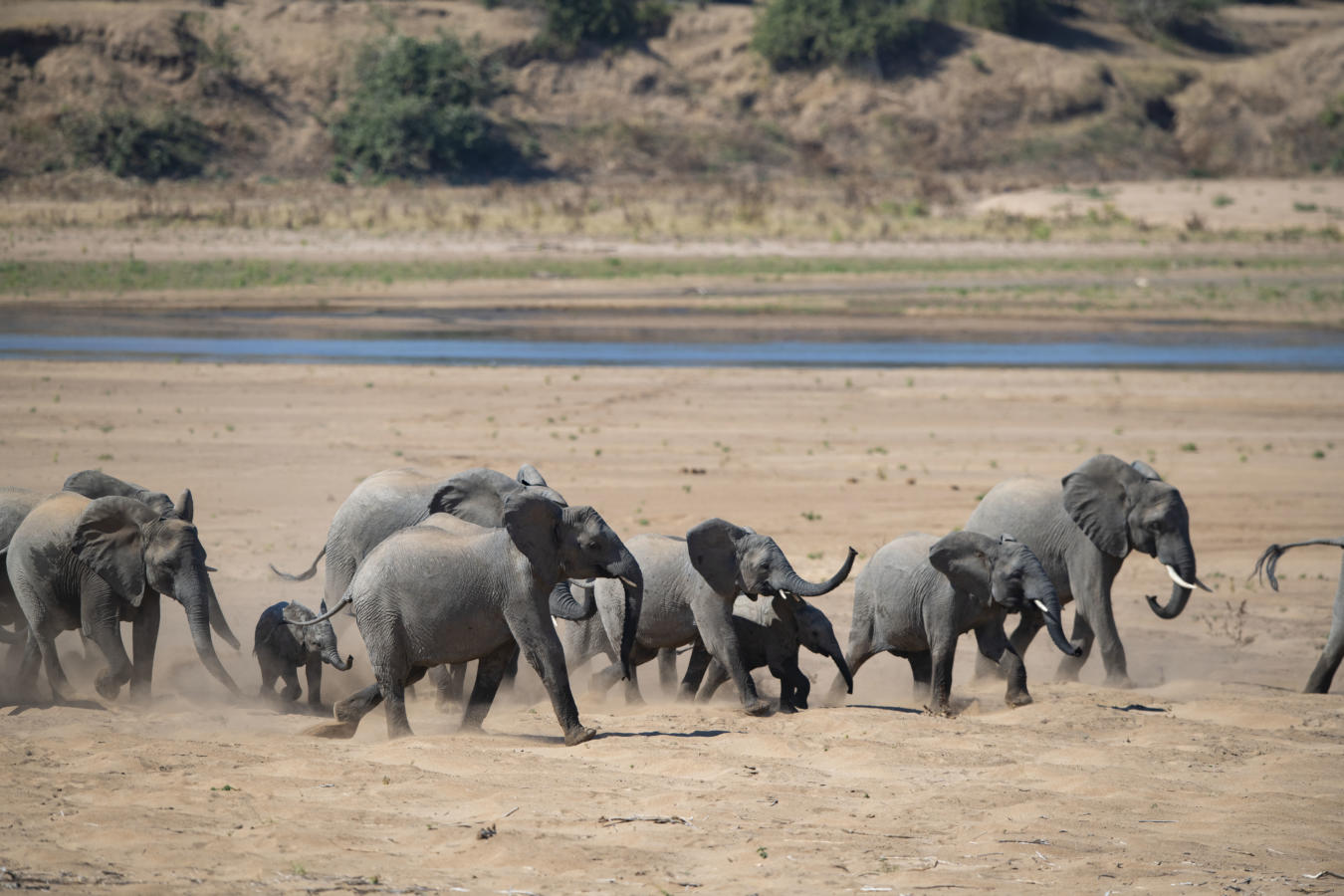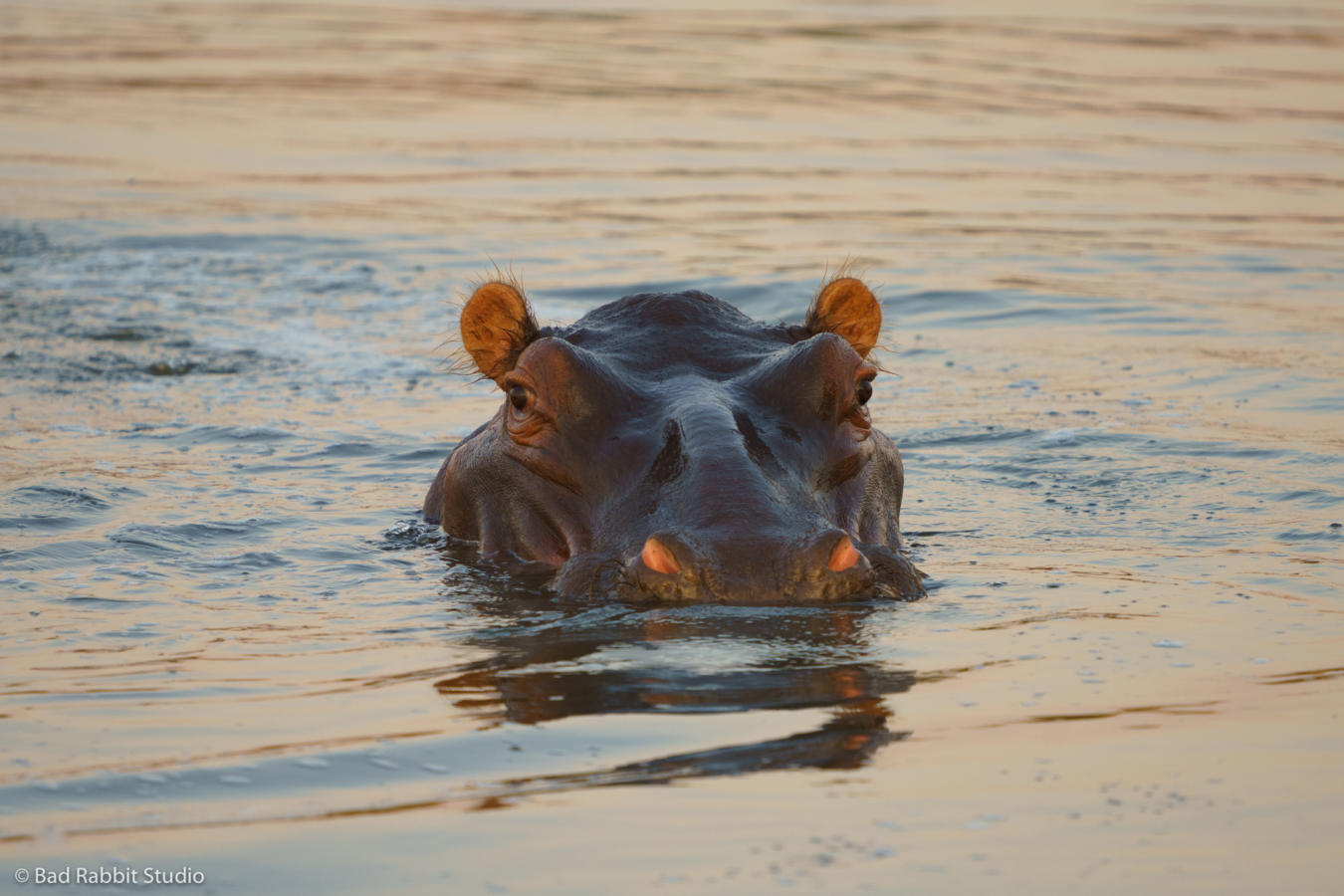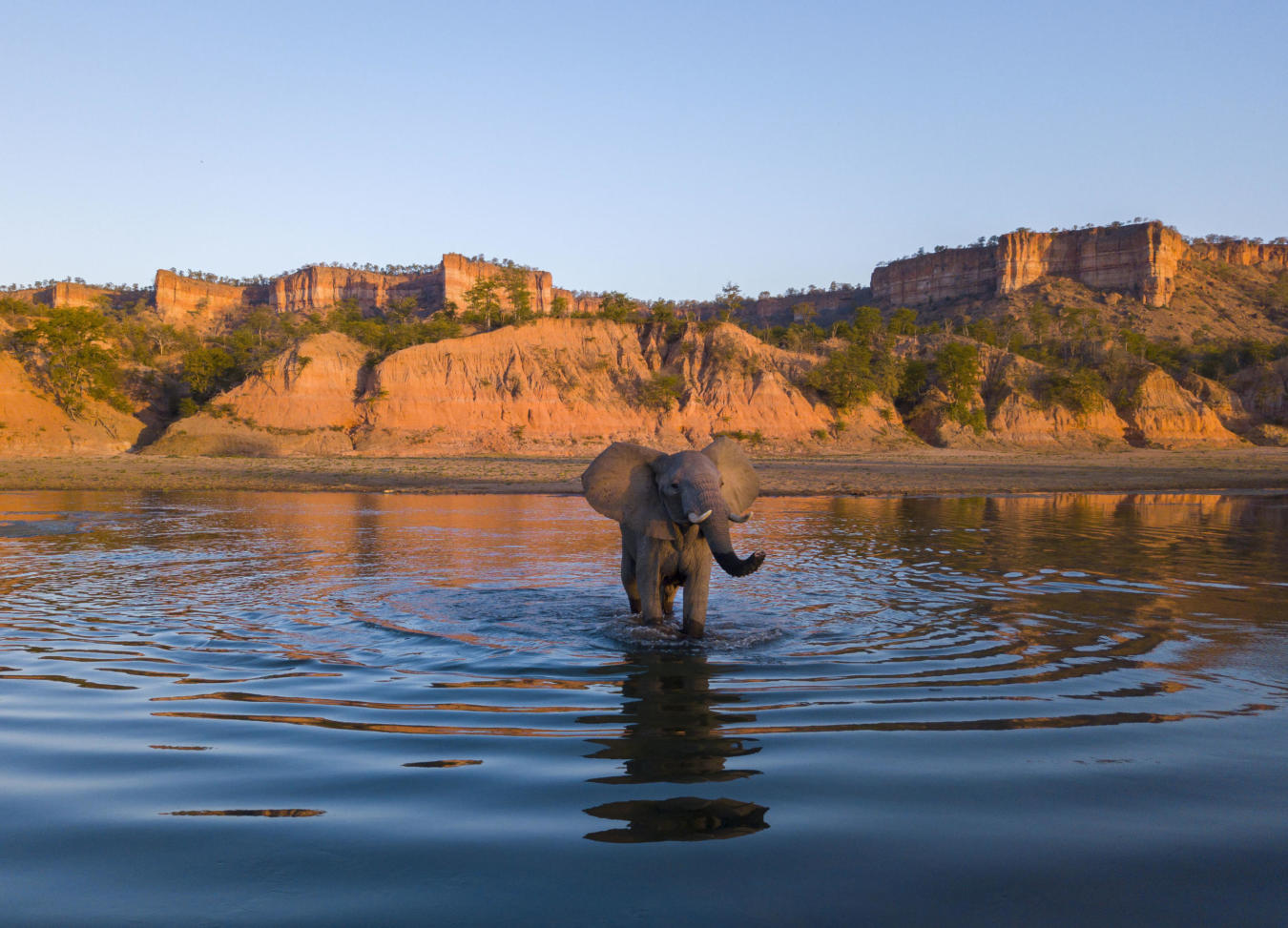
Gonarezhou National Park, in Zimbabwe’s South-East Lowveld, covers just more than 5,000 km² of spectacular scenery incorporating the iconic Chilojo Cliffs, wide meandering rivers, and extensive woodlands. Widely known for its unique wilderness character, the Park’s reputation as a premier destination for quality wildlife sightings is also growing.
Home to an estimated 11,000 elephants, the Gonarezhou National Park truly deserves its vernacular name as ‘Place of Elephants’. The Park forms part of the Great Limpopo Transfrontier Parks, one of the largest protected areas on the continent, spanning three countries.
The Gonarezhou Trust is an innovative model for protected area management drawn up between the Zimbabwe Parks and Wildlife Management Authority and the Frankfurt Zoological Society. Built on the back of a strong relationship developed over 9 years of support by FZS for Gonarezhou, the Trust is directly responsible for the management of the Park for a period of 20 years and became fully operational on 1st March 2017.
- Project: Gonarezhou Conservation Trust
- Project size: 5,035 km²
- Country Director: Hugo van der Westhuizen
- Project start: 2007
- Gonarezhou National Park
- Conservation Activities
- Partners
- back to top
The Gonarezhou Conservation Trust has built a strong link to communities living adjacent to Gonarezhou through a process called ‘Mphuka’, or ‘journey’, in the local Shangaan language. This ‘journey’ is a process of dialogue with communities, with regular meetings where issues related to the costs/benefits of being neighbors are discussed and resolved where possible. The Trust has a community extension worker in each of the 5 areas that form part of the Mphuka movement and focuses on the monitoring and mitigation of human-wildlife conflict and the introduction of pilot conservation-friendly livelihood schemes. The Trust has a policy to engage staff from local communities wherever feasible, and currently, 75% of staff members originate from villages within 15 km of the Park boundary.
GCT employs all rangers working within Gonarezhou National Park, a figure currently standing at 180 staff members. The Trust is therefore responsible for providing all the salaries, patrol equipment, and logistical support that is needed to keep the rangers in the field and to ensure that they are equipped with the necessary skills to effectively execute their duties, addressing a range of threats that require different types and levels of responses.
The Gonarezhou Conservation Trust is responsible for all aspects of the management and development of tourism in Gonarezhou National Park. The goal is to leverage and maintain the Park’s core conservation and wilderness values to drive tourism and increase revenue to enhance the financial self-sustainability of the Park. The Trust offers a range of tourism products, inclusive of traditional safari campsites, tented camps, and chalets.
An innovative new product, the ‘Mananga’ camps, was developed that makes use of local Shangaan building techniques for the stand-alone chalets, paired with comfortable fittings and a fully-equipped central kitchen. Adventure options are also on offer, such as spending the night on a simple platform, open to the night sky, or renting a fully-equipped patrol trailer.
The ultimate test as to whether a conservation initiative is delivering on its goals is when wildlife populations and habitats are not significantly impacted by anthropogenic impacts. Gonarezhou Conservation Trust tracks the trends in large mammal populations in the Park through bi-annual aerial surveys, as well as partnering with other stakeholders to monitor predator numbers through spoor and camera trap surveys.
The Gonarezhou Conservation Trust does not take a species-specific approach to its conservation activities, focusing instead on a landscape level, ecosystem approach. However, restoring locally extinct species is a priority. For example, in May 2021 the reintroduction of 30 black rhinos took place, a species that disappeared from the Park in the early 1990s.
The Trust also partners in a project that releases confiscated ground pangolin into the Park, taking this opportunity to also study the life habits of this endangered mammal to better inform future reintroduction events and enhance the species’ chance of survival.
Successful conservation is always the result of great teamwork. We collaborate with local communities, national authorities, and conservation organizations. Our partners make our conservation work possible.
-
 Zimbabwe Parks and Wildlife Management Authority
Zimbabwe Parks and Wildlife Management Authority -
 SAT-Wild
SAT-Wild -
 Tikki Hywood Foundation
Tikki Hywood Foundation -
 African Wildlife Conservation Foundation
African Wildlife Conservation Foundation -
 Malipati Development Trust
Malipati Development Trust -
 Jamana Community Conservancy
Jamana Community Conservancy

“Modern conservation requires innovative ideas, with no single solution that will provide the answers to the complex and mounting threats facing our natural world”.







